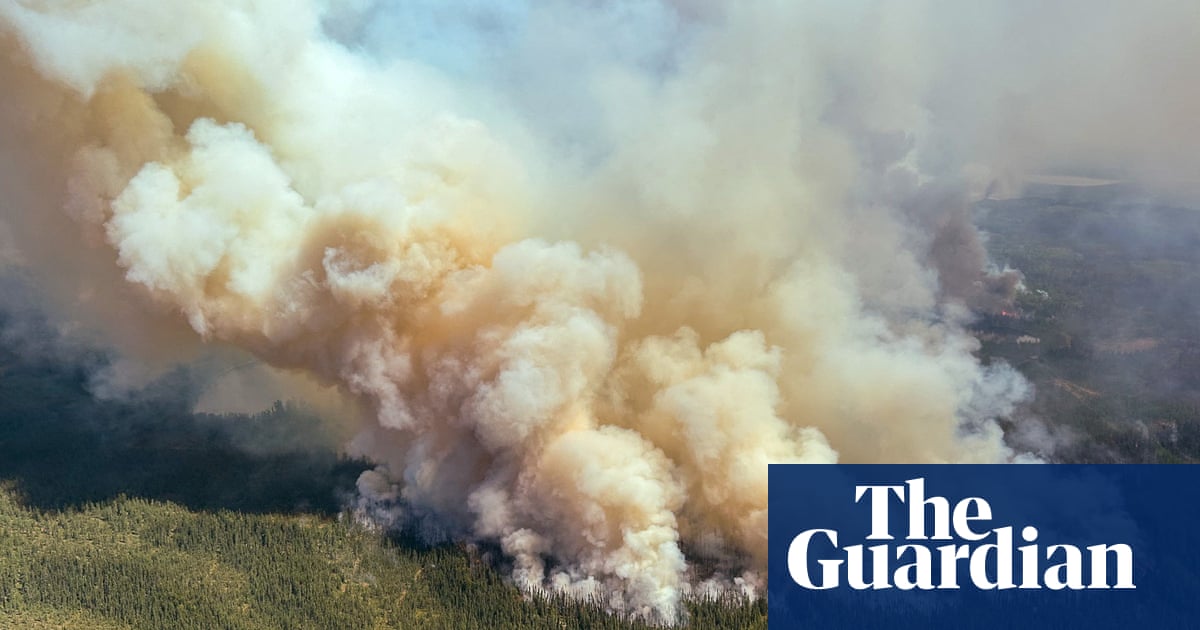Enormous wildfires are sweeping through Canada’s prairie provinces, causing serious issues for local emergency responders and affecting air quality across eastern North America. The Bird River fire and the Border fire in northern Manitoba are among the largest, and around 200,000 hectares have burned in Manitoba alone this year—three times more than the recent average for the entire year.
Over 17,000 people are being evacuated, with the Canadian military airlifting many from regions where roads are unsafe. Manitoba Premier Wab Kinew declared a province-wide state of emergency. Meanwhile, Saskatchewan’s Premier Scott Moe followed suit the next day. Kinew noted, “This is the largest evacuation Manitoba will have seen in most people’s living memory,” reflecting a widespread problem—wildfires are blazing across every region of the province.
First Nations communities in Saskatchewan are particularly hard hit, with entire towns evacuated. Some have become isolated due to blocked roads. Drone footage has shown extensive damage, including homes lost to the flames. Alberta’s oil-producing regions are also facing fires that have forced evacuations and disrupted operations.
New satellite images reveal alarming fire behavior, including rare pyrocumulus clouds that signal extremely intense fires. These clouds can send smoke high into the atmosphere, allowing it to travel long distances. The U.S. National Weather Service has issued air quality alerts in Minnesota as smoke approaches other states like Chicago and Detroit. In the worst-hit areas, air quality could reach unhealthy levels, marked by an index above 150.
Historical context adds depth to this situation. The fire seasons of 2023 and 2024 were the worst in Canadian history. With temperatures rising from climate change, fire incidents are becoming more severe and frequent. Recent studies stress that even a small amount of wildfire smoke can significantly impact health for months after exposure. This smoke is found to be up to 10 times more toxic than urban pollution.
Experts recommend wearing fitted N95 masks outdoors in smoky conditions and using air filtration indoors. The ongoing health crisis tied to wildfire smoke sheds light on the urgent need for action. As wildfires intensify, everyone—from policymakers to local communities—must adapt to this new reality to protect both health and safety.
For further insights on wildfire risk and management, refer to trusted sources such as the U.S. Environmental Protection Agency and current reports from Natural Resources Canada.






















